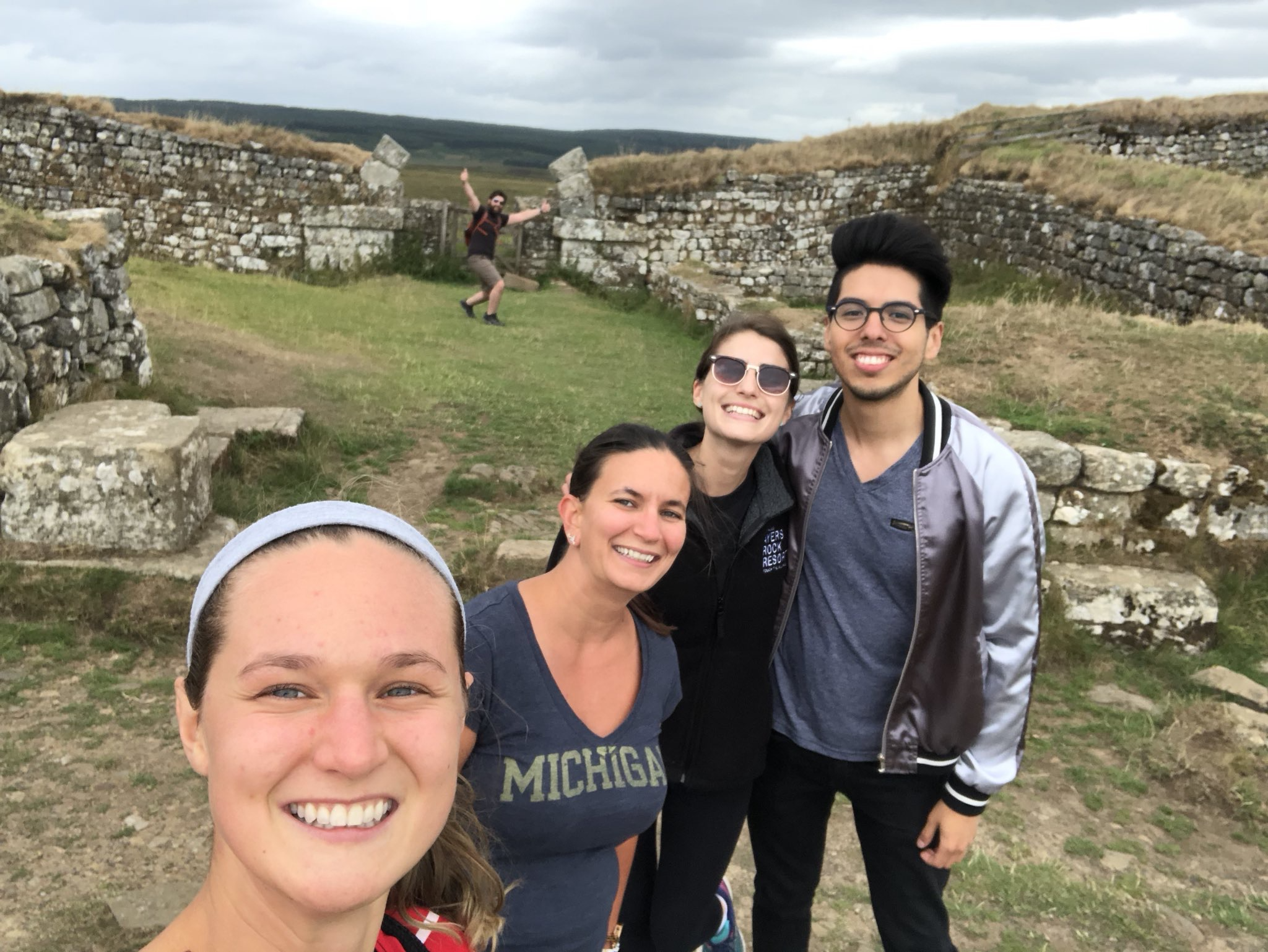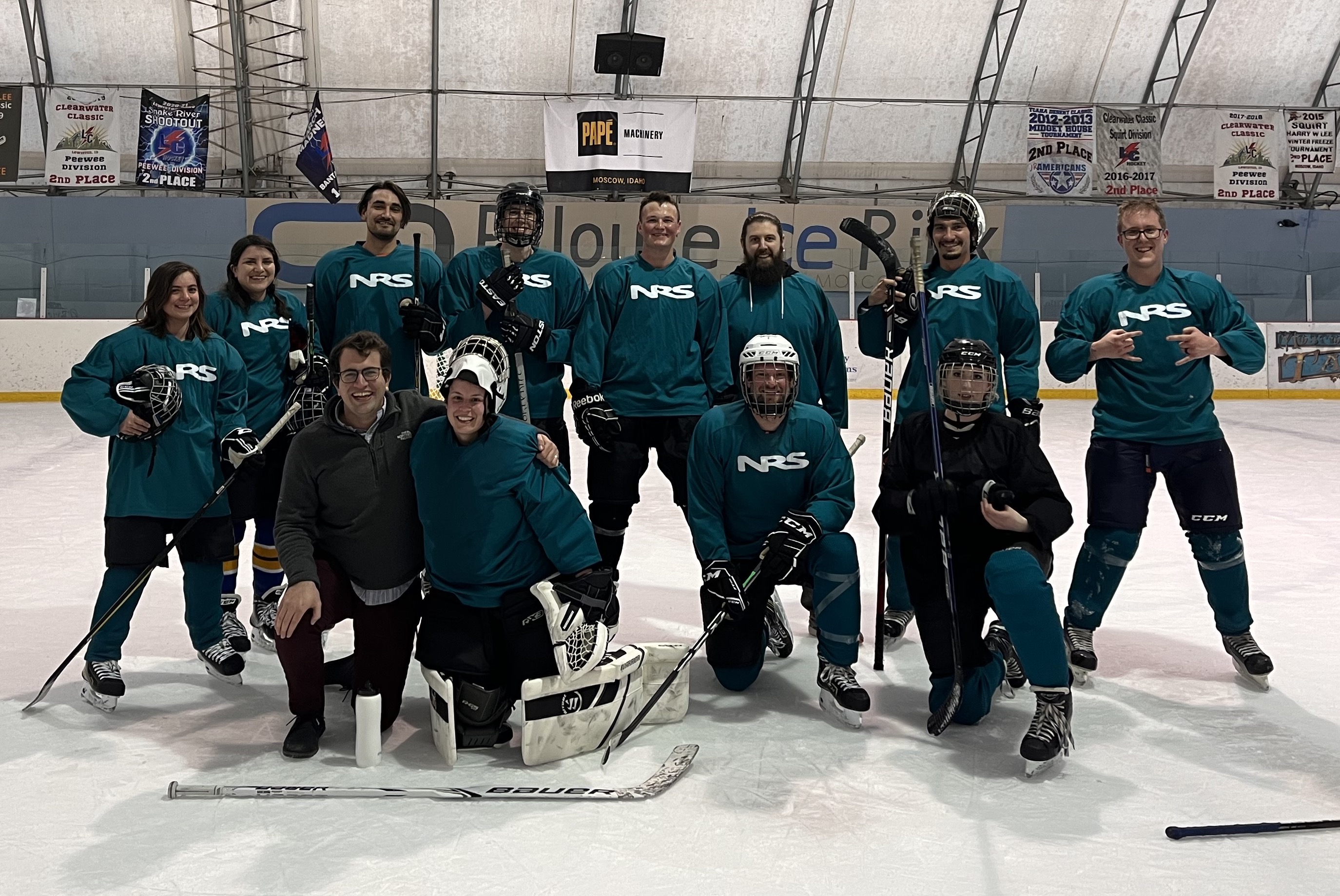It is believed that supermassive black holes (SMBHs) reside at the centers of all massive galaxies. These black holes (BHs) grow through the accretion of large amounts of matter, releasing enormous amounts of radiation in the process. These active galactic nuclei have been studied for decades to understand their physical properties and the impact on their host galaxies.
High densities of gas and dust can obscure AGN nuclear emission and allow us to observe their host galaxies. Obscured AGNs account for a large fraction of the total AGN population, but the most heavily obscured and Comtpon-thick (CT) AGNs can often be missed using monochromatic surveys. Accounting for the missing fraction of CT AGNs is critical for understanding the full AGN population over cosmic time.
Recently, I uncovered a population of obscured AGNs which lack typical X-ray detections for such luminous sources. I forward modeled the ratio of observed-to-intrinsic X-ray luminosity of these sources to estimate the distribution of column densities responsible for the X-ray attenuation. Comparing the results of an X-ray stacking analysis to the expected flux of my models reveals that 50% of IR-selected AGN may be Compton-thick.
Intermediate-mass black holes (IMBHs) are an extremely interesting class of compact objects. Larger than stellar-mass BHs, but less massive than their SMBH cousins, IMBHs represent a possible analogue to BHs in the early universe. By identifying and studying IMBHs and their host galaxies, we can attempt to understand the evolution of SMBHs from high redshift to today.
IMBHs are though to exist primarily in less massive dwarf galaxies. Studying AGNs in dwarf galaxies is challenging as their central BH is less massive, and in general produces less emission than AGNs in massive galaxies. AGN signatures can often be masked or misidentified in dwarf galaxies, leading to spurious results. Time domain techniques are highly specialized at finding these AGNs in dwarf galaxies, providing us with a reliable avenue to study IMBHs.
As a member of the Young Supernova Experiment (YSE), I am currently working on an automated pipeline to identify and classify AGNs in large optical surveys based on their optical variability, with a primary goal of triggering follow-up observations with different instruments.






